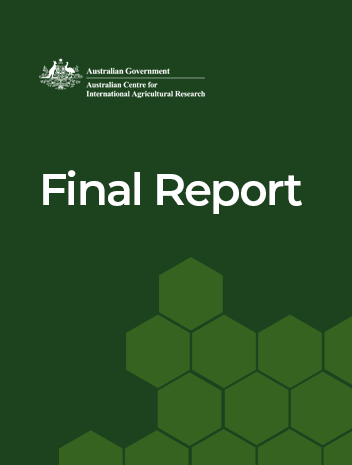Overview
The catchments of the Murray-Darling Basin and the Mekong drain similar areas. Both systems contain unique fish communities that are important sources of biodiversity, food security and recreational opportunities. But irrigation development in both Australia and Lao PDR has led to construction of numerous water regulation devices that limit migratory fish movement, and in many areas this has led to severe declines in fish production. Previous research in Australia and Lao PDR has demonstrated that there are fish-passage technologies with the potential to aid the movement of migratory fish past low-level (less than 6-metre) barriers. Fisheries agencies in both countries are thus interested in increasing capacity to design, manage and operate fish passage facilities on new and existing low-level water control structures.
This project identified and prioritised water infrastructure that created migration barriers to lateral fish migrations between the Mekong River, its tributaries and floodplain habitat and undertook research to determine the effectiveness of low-cost fishways for widespread application at floodplain barriers in the lower Mekong basin.
The researchers also quantified the biological, ecological and socio-economic benefits of floodplain rehabilitation using fish passage technology to increase awareness and uptake of low-cost mitigation measures.




